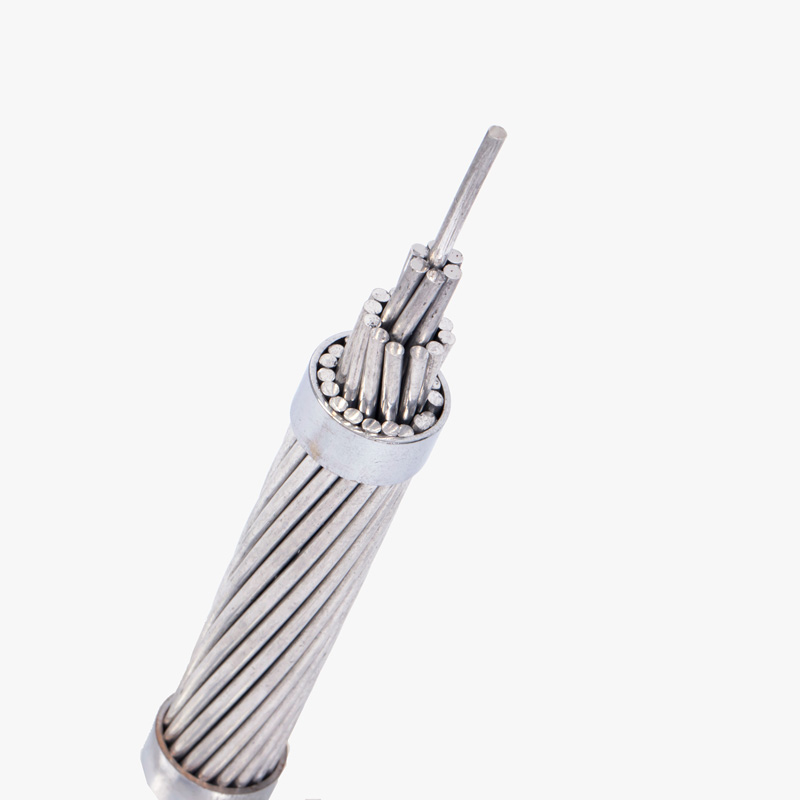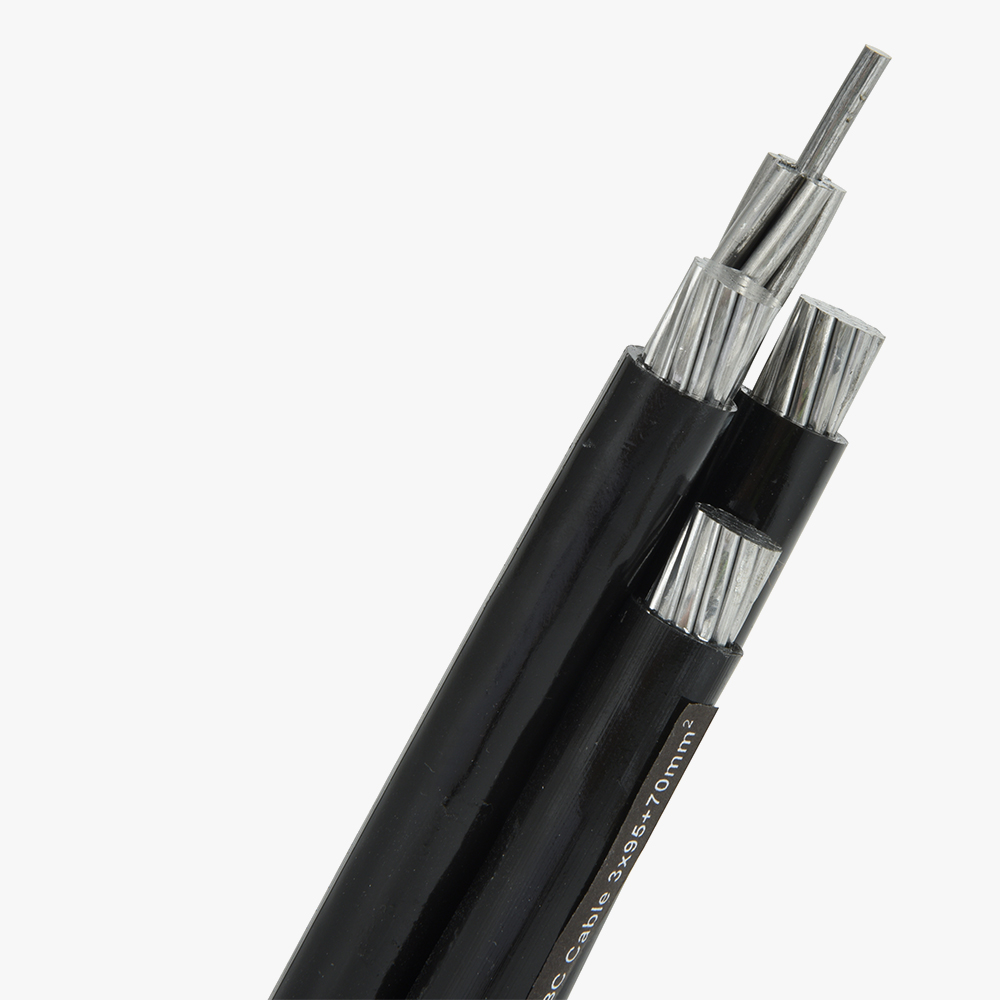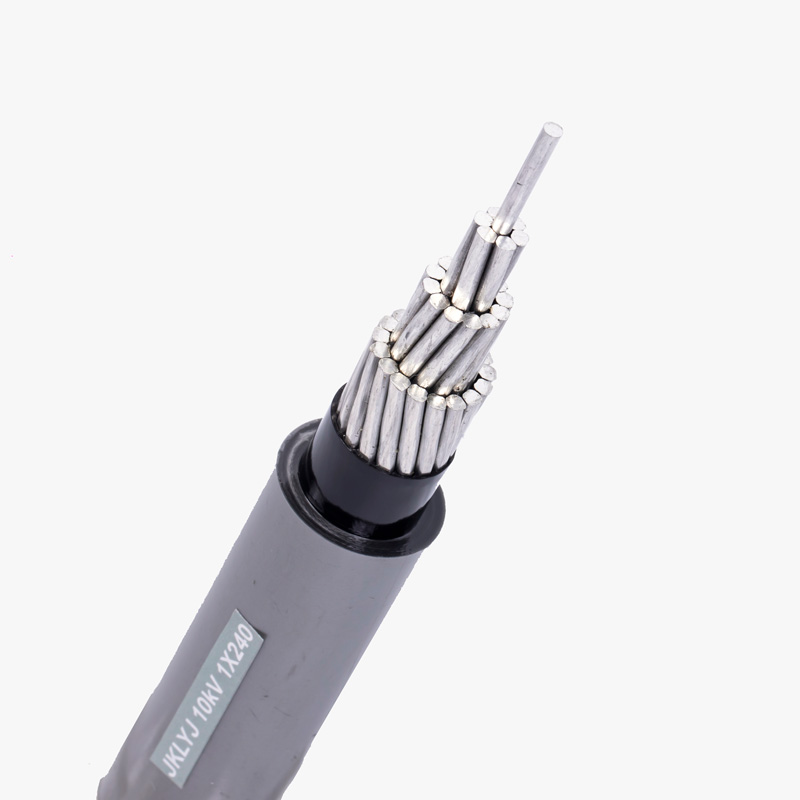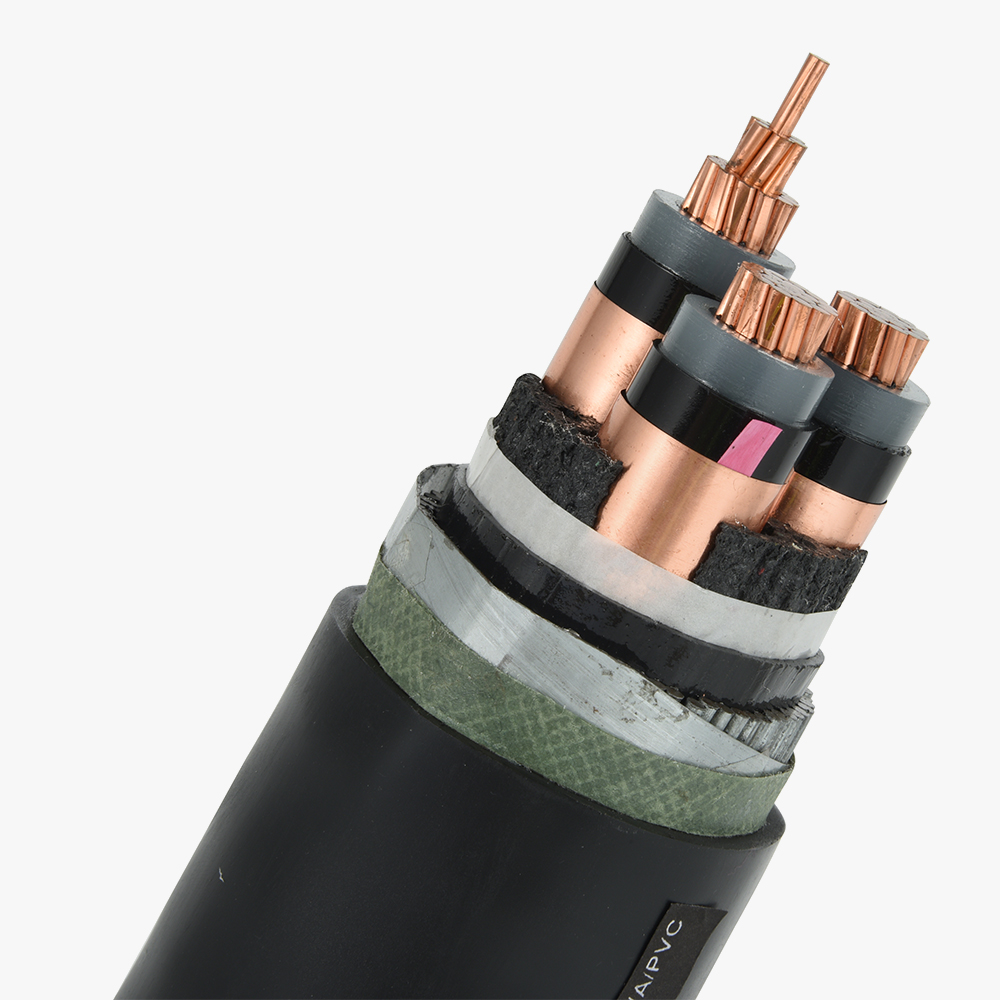Are Your Solar Cables Causing Performance Drops in Your Solar System?
Have you noticed your solar system producing less energy than expected? Often, hidden solar cable issues are to blame. Poor connections, weather damage, or substandard materials can lead to energy loss, safety risks, and expensive downtime. The good news is that regular fault checks and proper cable repair can restore efficiency and prevent costly replacements. At QRUNNING, a leading Chinese manufacturer and wholesaler with over 30 years of experience, we supply high-quality, customizable solar cables designed for durability, certified performance, and on-time delivery—ensuring your system stays reliable in even the toughest environments.
**The most common solar cable issues include loose connections, insulation damage, overheating, and incorrect installation. Regular inspection and timely replacement by a trusted supplier prevent long-term failures.**
Understanding the typical problems and learning effective troubleshooting methods will help you protect your investment and maximize energy output from your solar system.
Read more:https://www.qrunningcable.com/what-is-solar-cable/
Common Solar System Issues
A solar system relies on multiple components working together—panels, inverters, mounting structures, and especially cables. When one part fails, the entire system’s performance drops. Frequent issues include shading on panels, dust accumulation, inverter malfunctions, and wiring faults. Among these, cable-related issues are often underestimated yet highly disruptive.
Loose connections can lead to energy loss and fire hazards. Damaged insulation caused by heat, UV exposure, or rodents reduces efficiency and increases risk. Additionally, poor-quality materials from unreliable suppliers may degrade quickly, causing premature failures. For contractors, distributors, and engineering companies, such issues translate to higher costs, warranty claims, and customer dissatisfaction.
Proactive maintenance—such as scheduled inspections, thermal imaging scans, and professional fault checks—ensures that problems are identified early. Partnering with a trusted manufacturer and wholesaler like QRUNNING guarantees access to certified, robust, and customizable solar cables that meet international standards, reducing long-term risk.
Troubleshooting Solar Cable Issues
Loose or Faulty Connections
One of the most frequent problems in a solar system is a loose connection. Symptoms include voltage drops, intermittent output, or overheating at joints. The solution involves tightening connectors, re-crimping terminals, and ensuring all joints meet installation standards. Using high-quality connectors supplied by a reliable manufacturer minimizes such risks.
Insulation Damage
Cracked or degraded insulation exposes conductors, leading to short circuits and fire hazards. This often occurs due to UV radiation, weather extremes, or pest interference. Troubleshooting requires thorough inspection, insulation testing, and immediate cable repair or replacement. Durable, UV-resistant customizable solar cables are essential for long-term performance.
Overheating and Overloading
Overheating in cables results from undersized wires, excessive current, or poor ventilation. Warning signs include melted insulation and discolored connectors. To prevent this, ensure proper cable sizing during installation, conduct load analysis, and upgrade cables when expanding a solar system. Reliable suppliers provide guidance on correct specifications to avoid such failures.
Incorrect Installation Practices
Improper cable routing, excessive bending, or inadequate securing can accelerate wear and tear. Professional installation following international standards is critical. Contractors should work with wholesalers offering technical support and installation guidelines to prevent common mistakes. This not only protects the system but also enhances overall project reliability.
Steps for Effective Cable Fault Checks
- Visually inspect for cracks, cuts, or discoloration.
- Check connectors for secure and corrosion-free contact.
- Perform insulation resistance testing to detect hidden faults.
- Replace or repair defective sections with certified solar cables.
- Maintain a record of inspections for warranty and compliance purposes.
By applying these troubleshooting steps and sourcing from a professional manufacturer, contractors and distributors can ensure their projects deliver consistent, safe, and efficient solar energy.
Conclusion
Regular fault checks and quality solar cables from trusted suppliers safeguard system reliability, reduce repair costs, and maximize energy output.




